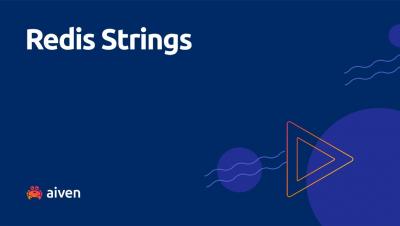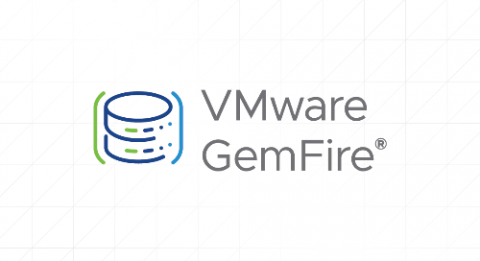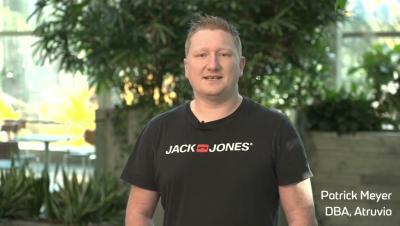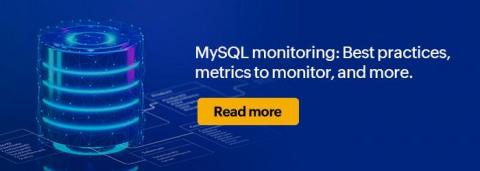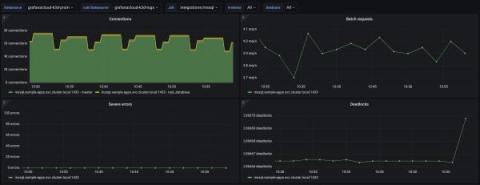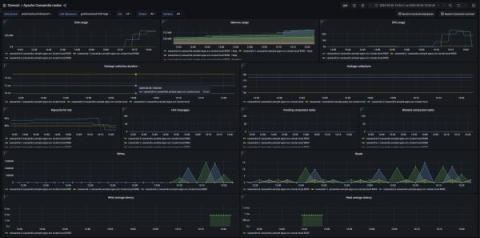Operations | Monitoring | ITSM | DevOps | Cloud
Databases
The latest News and Information on Databases and related technologies.
High Cardinality? No Problem! Stream Aggregation FTW
High cardinality in time series data is challenging to manage. But it is necessary to unlock meaningful answers. Learn how streaming aggregations can rein in high cardinality using Levitate.
SQL Date Functions: A Detailed Guide
SQL provides a date type that developers can use to store date values. Also, to make working with dates easier, SQL has several date functions for retrieving, formatting, and manipulating dates. In this post, you’ll learn about some SQL date functions and how to use them.
How DevOps is shaping Financial Services #3: The impact of technical debt
Introducing VMware GemFire 10
The next major release of VMware GemFire is now available! GemFire is a high-speed in-memory database for low-latency applications. Focused on resiliency and consistency, GemFire makes it easy to scale your data and support business-critical applications, whether they are on-premises, in the cloud, or somewhere in between. GemFire 10* was pre-announced at the SpringOne Essentials conference in January and later released as a public beta.
The role of SQL Monitor at Atruvia
Top 5 important metrics you need to be monitoring in your MySQL server
MySQL is an open-source relational database management system that operates based on the client-server model by using SQL as its mode of communication. It is the second most popular database in the world owing to its flexible and scalable nature, high security, ease of use, and ability to handle large data sets seamlessly. Due to its wide range of functionalities, MySQL is employed as part of the database management system for several high-profile companies such as Facebook, PayPal, and Twitter.
Redgate opens the doors to cross-database DevOps Test Data Management
How to monitor Microsoft SQL Server performance with Grafana Cloud
A database is one of the most critical components for almost every application. Making sure it is running with the expected read and write latencies is paramount. This can be the difference between a smooth, pleasing user experience and a slow, error-filled one that makes your customers turn their back on a product — and never come back.
How to get started with monitoring Apache Cassandra with Grafana Cloud
Apache Cassandra is a highly scalable, open source NoSQL database system designed to handle large amounts of data across multiple commodity servers with no single point of failure. Apache Cassandra can be run as a single node but starts making sense when its run in a cluster setup. The system is optimized for high write throughput and is known for its ability to handle big data workloads with ease at super-low latencies.


